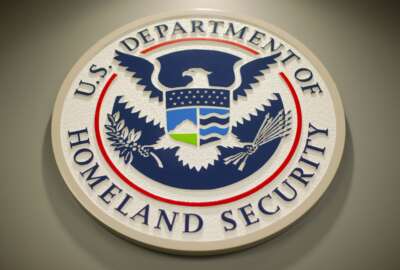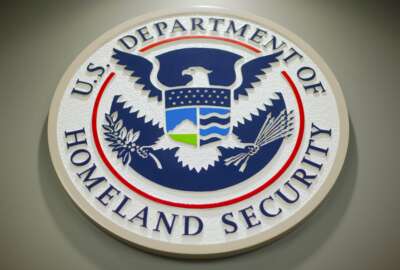
After setbacks, FEMA aims to complete grants modernization rollout by next spring
The agency expects to have all its grants assistance programs available through the FEMA GO platform by April 2024.
The Federal Emergency Management Agency is eyeing next spring as the new target date for consolidating the rest of its grant programs into a single, streamlined IT platform for managing billions of dollars in assistance.
FEMA Chief Information Officer Charlie Armstrong said the agency has moved 19 grant types over to the new FEMA Grants Outcomes, or FEMA GO, platform so far. The agency plans to shift approximately 20 more grants over to the platform by April 2024, Armstrong told the Senate Homeland Security and Governmental Affairs Committee’s emerging threats subcommittee last week.
“In addition to that, the program is in the process of getting a new vendor onboard to start to transition data from the legacy systems into the new systems,” Armstrong said. “And that is projected to start in the fall of this year.”
FEMA is consolidating eight legacy IT systems into FEMA GO under the Grants Management Modernization initiative. The agency launched the program in 2015 to reduce its reliance on multiple outdated IT systems and provide users with a modern, streamlined system for grants management.
But FEMA struggled to meet its initial goal to launch the new IT system by September 2020 and subsequently re-baselined the program in January 2021. It attributed further delays to COVID-19, leading to the current target of spring 2024 for reaching full operational capability, according to the Government Accountability Office’s annual assessment of Department of Homeland Security acquisition programs.
FEMA also initially expected the modernized grants system would cost $289 million based on a 2017 estimate. But GAO reports the latest estimate, generated in June 2022, will bring the modernization project to $625 million in total costs, including system development, data migration, government personnel and help desk support.
And along with the IT modernization challenges, FEMA’s grants processes have repeatedly been highlighted as being at risk of fraud, waste and abuse.
Kevin Walsh, director of IT and cybersecurity for GAO, said FEMA’s legacy grants systems represent a key example of the risks DHS faces in running older IT systems for mission-critical work.
“They have manual processes that are a burden for recipients, a burden for the agency, and are slowing down the response to disasters,” Walsh said during last week’s hearing. “If that legacy system were to fully go off the rails, a disaster without grants from the government would be very difficult for our citizens.”
Armstrong said FEMA expects it will phase out the legacy grants systems by 2025.
“So the goal would be to get all the grants up and running by the spring of next year, the data migrated over by mid-summer of next year, and decommissioning to happen sometime in 2025 of the legacy system,” he said.
Meanwhile, FEMA is also on the cusp of launching a key project to modernize the system individuals use to apply for disaster assistance. The agency plans to migrate nine disparate systems, according to Armstrong, into a single “Individual Recovery Information System,” or IRIS.
He said IRIS is projected to reach full operational capability in July 2027.
“There’s some initial work that’s been done to stand up a cloud environment instance, as part of our bigger FEMA cloud environment, so that work should be completed in the fall,” he said. “And currently, the program is in the planning/looking-for-funding stage to really get off the ground and get moving.”
Copyright © 2024 Federal News Network. All rights reserved. This website is not intended for users located within the European Economic Area.
Follow @jdoubledayWFED





